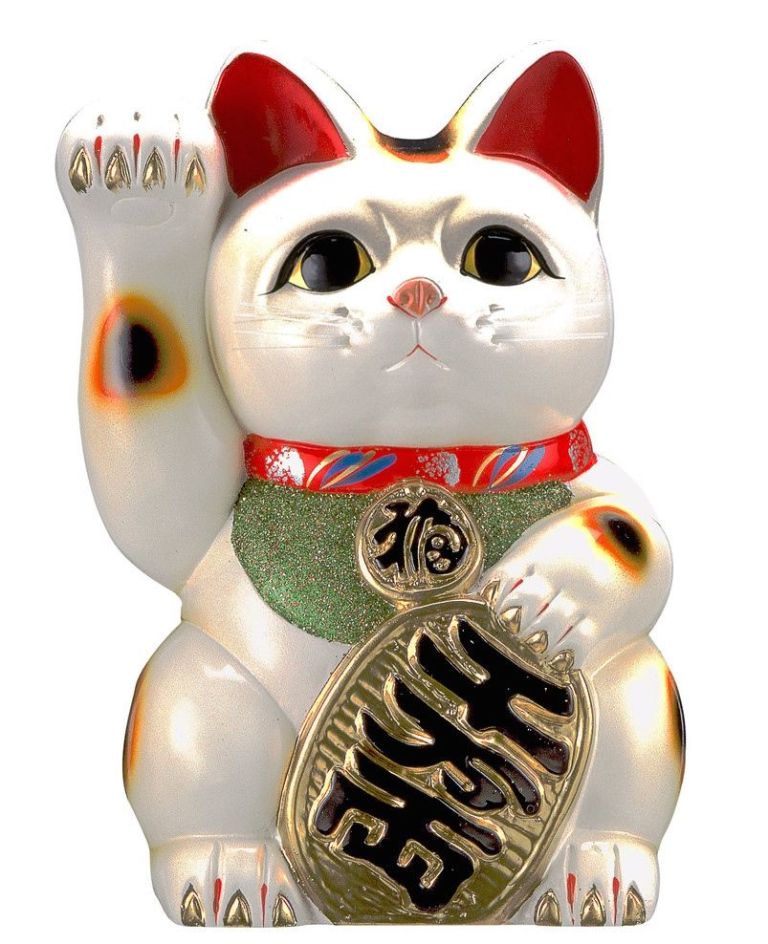
How Even Hated Influences are Tolerated in China in the Quest for Riches
By Will Boyd, PhD
In Jilin, a northern province of China, it is not uncommon to see signs advertising for local chapters of the “Resist Japan Club”. As a remnant of the puppet state of Manchukuo, the people in this area feel that it is their duty to continue the fight against Japanese aggression on the national scene, promoting television programming that highlights the “unforgivable”, and rallying protest to anything and everything that Japan might “do to China”. This was highlighted by the recent CPPCC congress, in which the Health Minister said that, “Chinese youth need to be more fit, in case of a war with Japan.”
An interesting contradiction in the area, however, is the predominant place of honor that a Japanese citizen receives in local shops and markets. No, we are not talking about Japanese tourists being courted for their tourism dollars, as there are still areas of northern China where it is dangerous to be identified as Japanese (I am told that local groups pride themselves on ferreting out the unidentified travelers to be intimidated or otherwise “dealt with”). Rather, it is the golden cat that sits on so many shelves and counters of Chinese owned stores.
The history of the “Gold Attracting Cat” is uniquely Japanese, in that the Japanese held that cats acted as agents and messengers for local “Kami”, and could carry request for blessing, children, and good harvest to the correct deity. This idea was so strong in Tokugawa Japan that Cats were worshiped in their own Shinto shrines at least twice a year. Later, in an attempt to “attract blessing”, cats were made of wood and porcelain, painted gold, and decorated with auspicious phrases to insure financial profit and success on the part of the store or household displaying them. Because favorable Kami were beckoned by a cat’s waving paw, the figurines assumed the position to save real cats all the hard work. Thus, the “Gold Attracting Cat” came to substitute the fat-bellied Buddha that was believed to basically do the same thing (in some places, these images were merged to create a laid-back cat with Buddha beads and a bag of gold).
In Manchukuo, for almost fifty years, Chinese, Mongolians, and Koreans went through an intensive “Japanification”, which implied having their own languages and scripts outlawed and suffering punishment for speaking anything other than Japanese. This was to be the new Chinese empire, and the Japanese later installed Puyi, the last emperor of the Qing Dynasty as its “Supreme Ruler under Japan”, basically meaning that the “Chinese Emperor” was as a rubber stamp for Japanese power. After the horrors of the forced “acculturation”, famine, labor camps, and WWII, this area became a stronghold of the “Liberation Army”, which purposed never to let such aggression occur again on Chinese soil. This brings us into the present, and explains the deeply anti-Japanese sentiments that still grip the region.
Why, then, we might ask, is the “Gold Attracting Cat” a feature of the local economy? I would expect it to be seen as an effigy of Japanese influence, and burned or hung in a statement of national solidarity against Japan. Instead, this cat is literally ensconced as a symbol of prosperity and the desire for wealth. The Chinese love this feline foreigner.
In many ways, I believe that we have much to learn as foreigners living in China from this shiny kitty. He might not look like much, but he has mastered the art of making the Chinese love him, under the most challenging of conditions. The principle is simple: Chinese will tolerate almost anyone if they can project the potential for wealth, even if it proves false.
I’ve met many foreign young men who would be laughed out of a business meeting in the West, but have succeeded astonishingly in China. Why? Because they consciously try to project an “aura of sophistication.” This unique breed of foreigner in China is “getting” how the Chinese equate friendship with opportunity, and dangling the carrot of “education”, “powerful family” or “overseas connections” in front of the Nuovo Riché of the Chinese elite to get what they want – getting on the inside of a business society that is notoriously hard to crack as an outsider. While what the “Golden Cat” foreigner offers might be true, they are most often ploys that perceptive Western businessmen can see right through. One foreign-trained Chinese friend commented that he was “99% sure that if they were all they claimed to be, they wouldn’t be in China.”
Why do these kinds of foreigners do so well in China? “Even if they are con men,” a successful Chinese businessman once told me, “Other Chinese will believe them because of the power and success that is tied to the foreigner image. We could tell the truth and other Chinese wouldn’t believe us; but a foreigner could be lying and a lot of Chinese would assume that it was the truth. That’s a powerful playing card in the game of Chinese business.” Talk about being a “token character”!
So, while it might be true that some low quality foreigners are getting high profile and well-paying positions in China right now with Chinese companies, you’ve got to give them some credit. Japan’s been gone from northern China for 60 years, but the “Gold Attracting Cat” is still doing a bang-up business.
My advice to you as a foreigner trying to get ahead in China is to be like this fat cat –
“Smile and wave, baby, just smile and wave!”